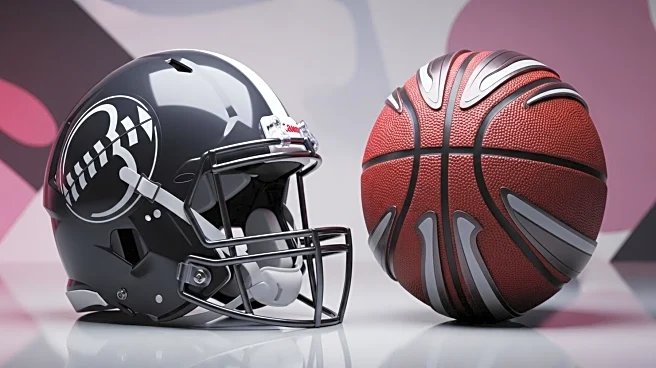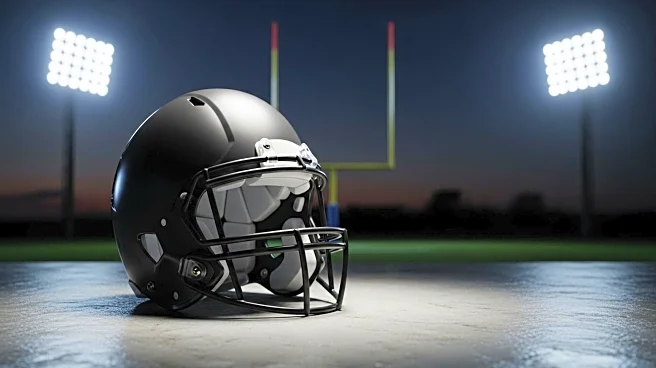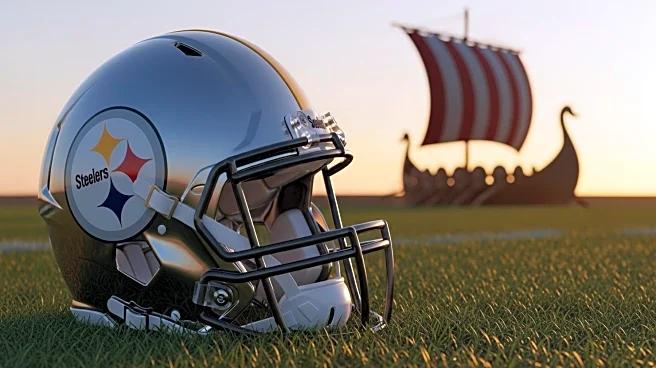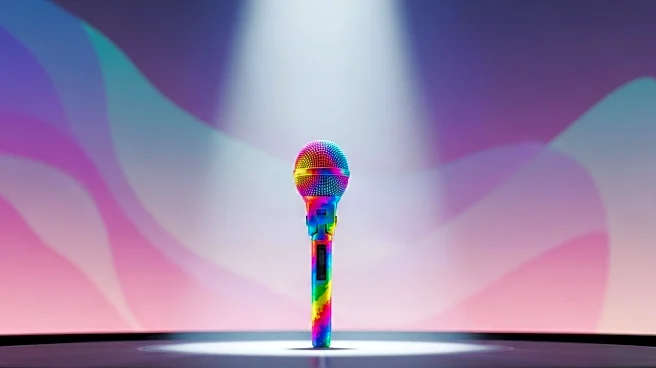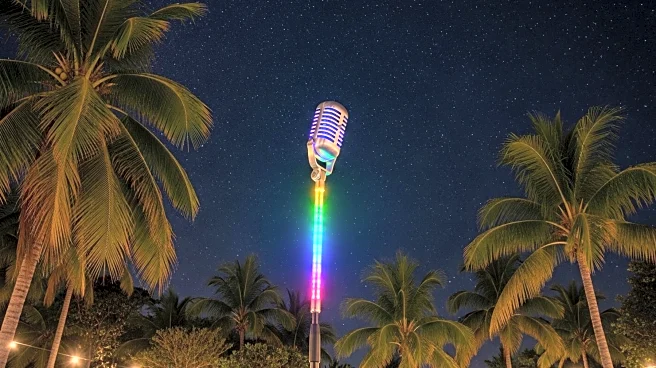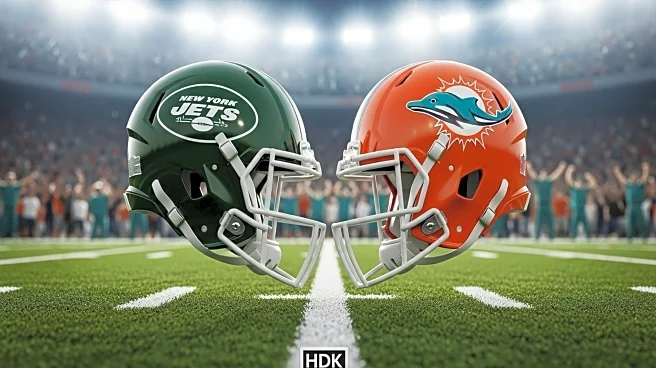What is the story about?
What's Happening?
The sports sponsorship marketplace is experiencing significant growth, projected to exceed $160 billion by 2030, according to PwC. This expansion is marked by increasing collaborations between sports leagues and fashion brands, such as the NFL's partnerships with Breitling and Abercrombie & Fitch, and the WNBA's tie-ups with Fenty and OVO. These collaborations aim to capitalize on fan interest and cultural appeal, although the success of such partnerships is not always guaranteed. For instance, some products, like Veronica Beard's NFL blazers, have struggled with sales despite initial hype. The focus is on creating marketing halos and engagement rather than direct revenue, with merchandise sales being just one metric of success.
Why It's Important?
The integration of sports and fashion represents a strategic move to tap into mass-appeal culture, offering brands and leagues a way to enhance visibility and engagement. This trend is significant for the U.S. economy as it drives consumer spending and influences marketing strategies across industries. The partnerships can boost ticket sales, social media followings, and cultural cachet, contributing to the overall growth of the sports sponsorship market. However, the challenge remains in ensuring that collaborations are authentic and resonate with consumers, as mismatched pairings can dilute brand credibility.
What's Next?
As the sports sponsorship market continues to grow, brands and leagues are likely to explore more innovative and culturally relevant collaborations. The focus will be on finding the right fit between sports entities and fashion brands to maximize engagement and cultural impact. Stakeholders will need to navigate the crowded marketplace and differentiate their offerings to stand out. The success of future collaborations will depend on their ability to create meaningful connections with consumers and leverage the cultural influence of sports.
Beyond the Headlines
The trend of sports-fashion collaborations highlights broader shifts in consumer behavior and cultural dynamics. It reflects the increasing importance of lifestyle branding and the role of sports as a cultural touchstone. These partnerships also raise questions about the sustainability and ethical implications of such collaborations, as brands seek to balance commercial interests with cultural authenticity.
AI Generated Content
Do you find this article useful?
